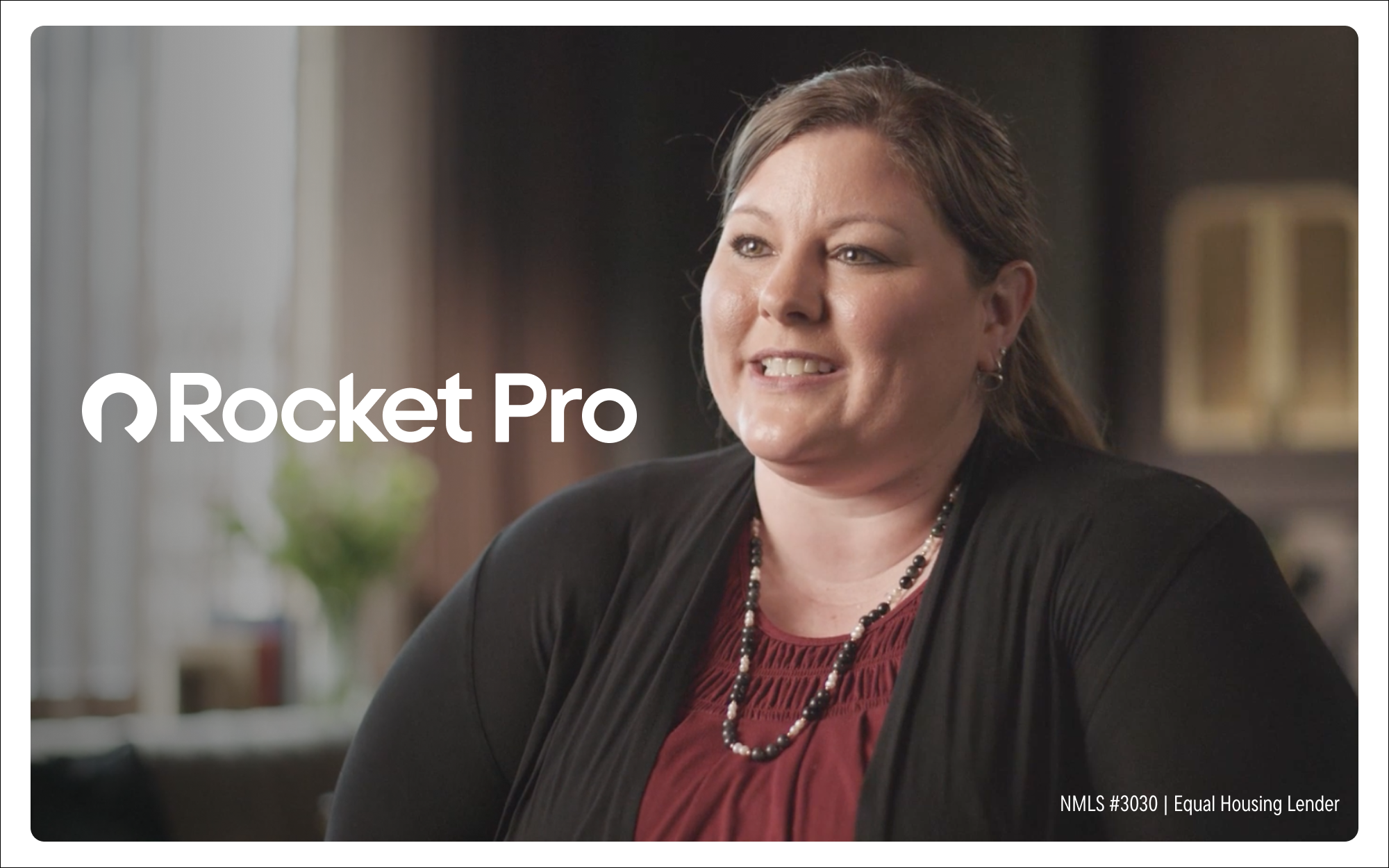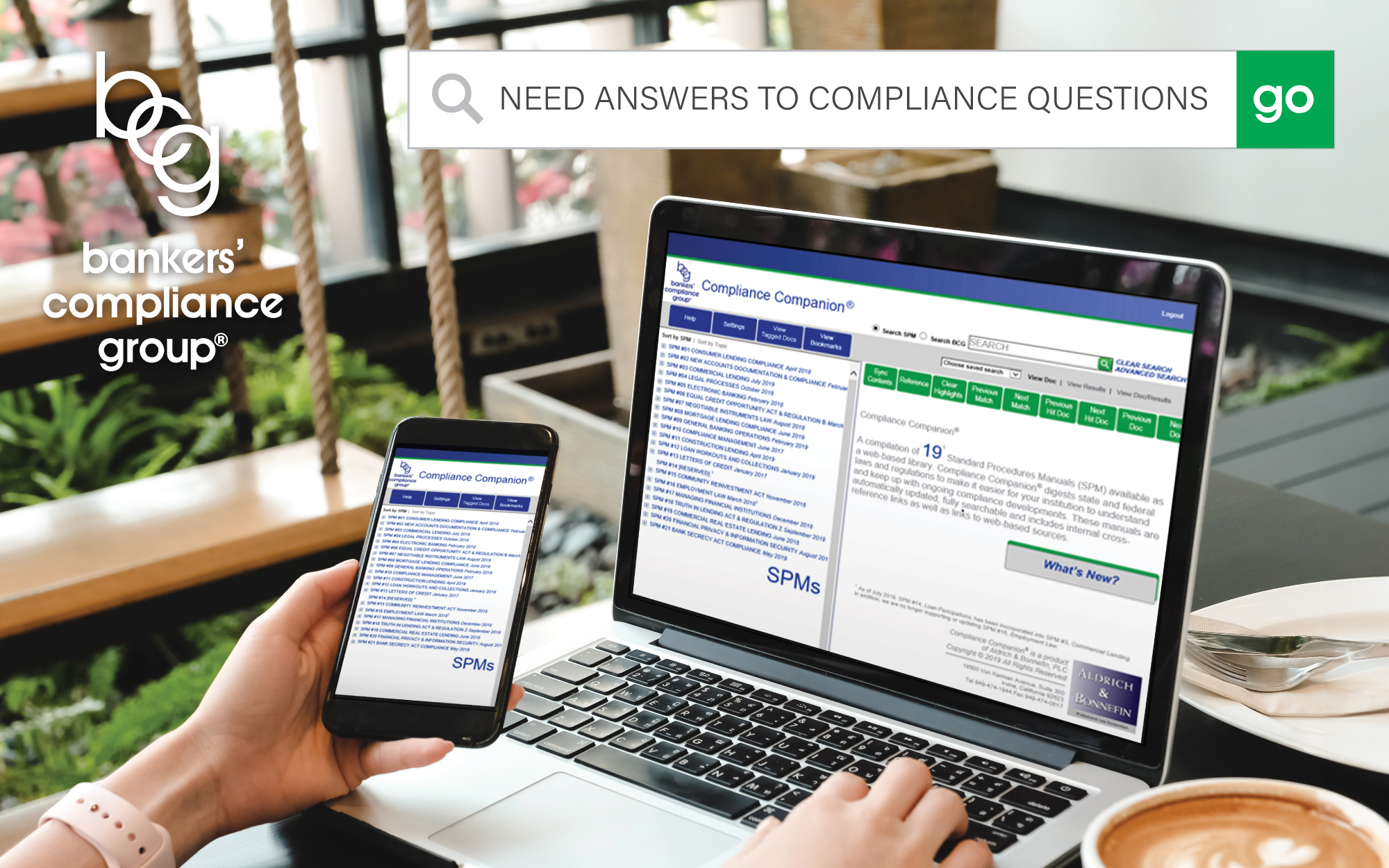Can community banks reengage existing mortgage customers through data, or find new ones? We spoke to experts on where to find data that could increase sales—and what to do with it.
Using Data to Boost Mortgage Lending
November 27, 2023 / By Rachel Hatcher
Can community banks reengage existing mortgage customers through data, or find new ones? We spoke to experts on where to find data that could increase sales—and what to do with it.
With higher interest rates, the mortgage refinance business has all but disappeared, making the shrinking number of new mortgages all the more valuable for community banks. To find new business, many banks are looking to their data.
Quick Stat
72%
of purchase mortgages were approved by mortgage lenders in 2022—the lowest in five years.
Data: FFEIC
Source: Homebuyer.com HMDA Mortgage Data Study
Mortgage lenders have two sources of publicly available data for pursuing loan prospects: Mortgage Credit Inquiry Alert and Listing Insights. Mortgage Credit Inquiry Alert can supply alerts when a lender pulls credit for a mortgage on someone in an organization’s database, while Listing Insights provides information on borrowers’ homes put on the Multiple Listing Service (MLS).
However, multiple mortgage providers can access these alerts and bombard the prospects with sales calls and emails. So, by the time the data is released, it may be too late to capture a customer.
While they’re legal, these “trigger leads”—as they are called—many times result in customer complaints, as those loan applicants believe the community bank has sold their information. Trigger leads have become more frequent as the mortgage market has slowed down. This issue has become so prevalent that there are two bills in Congress to address it.
It’s also worth noting that mortgage providers try to prequalify prospective buyers so they can make an offer on a home as soon as they find a property they like. In today’s market, with a shortage of homes for sale, any delay in arranging financing risks losing the home. By the time an MLS alert is issued, a buyer is apt to have a mortgage arranged. So, how can community banks best mine data to establish new customer relationships?
Where community banks can acquire mortgage data
Community banks’ first stop for data should be their existing customer databases. Using this data, community banks can reach out to customers when one of these events occurs: when a customer’s home equity reaches a certain threshold and makes it attractive for a home equity line of credit (HELOC), and when an existing home loan has a higher rate than the rates currently available.
Good banks are getting better at using internal data, says Michael Peretz, managing principal at Capco, where he leads the housing finance practice. CEOs and boards are getting very good at identifying how to use the new data and new analytics, he adds. Life events—such as retirement or the birth of a child—and preparation for them are prime opportunities to contact customers.
“It used to be when I walked into a board meeting, they would say they know everything about their client and act as though I was supposed to take that as gospel,” he says. “Now it is not just anecdotes. They say ‘Our data guys are telling us this, we are skewing younger or older’; they know more about their folks and they are not simply relying on anecdotes.”
“What you need before you buy data is a data strategy: ‘What is most important for us to know, what do we want to do with it and how do we share it with the people who need to know in our enterprise?’”—Michael Peretz, Capco
Community banks can become expert users of their data by bringing in a specialist to set it up and then turning it over to the bank’s executive team to operate it.
“There are hundreds of good tools out there,” Peretz says. “But what you need before you buy data is a data strategy: ‘What is most important for us to know, what do we want to do with it and how do we share it with the people who need to know in our enterprise?’ Typically, a small team of informed executives who are familiar with the direction the company wants to go can put forth an execution plan for that strategy.”
Beyond internal customer data
Chris Flynn, head of product and strategy for First American Data & Analytics, a division of First American Financial Corporation, says apart from a community bank’s own data, public record data can provide entry points for lenders.
“Public record data can include a wide variety of data points that can provide powerful insight to help lenders target their prospecting efforts,” he says. “For example, lenders can use land use codes to target specific property types.”
He notes that lenders can also use automated valuation models (AVMs), available from data providers such as First American Data & Analytics, to determine property value estimates and help identify properties that are in the bank’s target.
Community bank lenders can also combine the property value estimates from AVMs with other data to calculate other data points, such as loan-to-value or equity levels, which can be helpful in finding borrowers that are more likely to be in the market for a mortgage.
“No matter the data source, leveraging a comprehensive mix of both property data and borrower data provides opportunities to prospect for new mortgage customers more efficiently,” he adds.
But while data is important, so are existing relationships. Community banks are relationship lenders, and as such, existing borrowers reach out to them first for mortgage loan or HELOCs. To retain customers and cultivate those relationships, community banks need to have a seamless loan process that turns leads into new loans.
Subscribe now
Sign up for the Independent Banker newsletter to receive twice-monthly emails about new issues and must-read content you might have missed.
Sponsored Content
Featured Webinars
Join ICBA Community
Interested in discussing this and other topics? Network with and learn from your peers with the app designed for community bankers.
Subscribe Today
Sign up for Independent Banker eNews to receive twice-monthly emails that alert you when a new issue drops and highlight must-read content you might have missed.
News Watch Today

Join the Conversation with ICBA Community
ICBA Community is an online platform led by community bankers to foster connections, collaborations, and discussions on industry news, best practices, and regulations, while promoting networking, mentorship, and member feedback to guide future initiatives.













